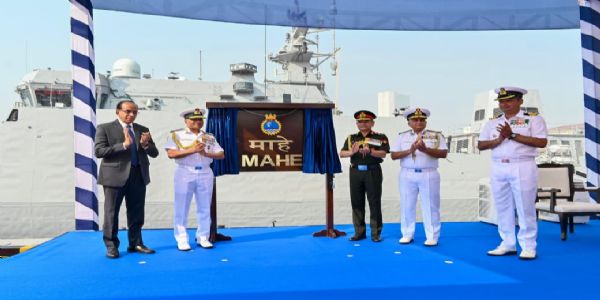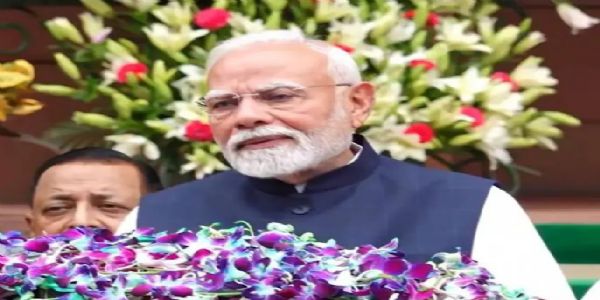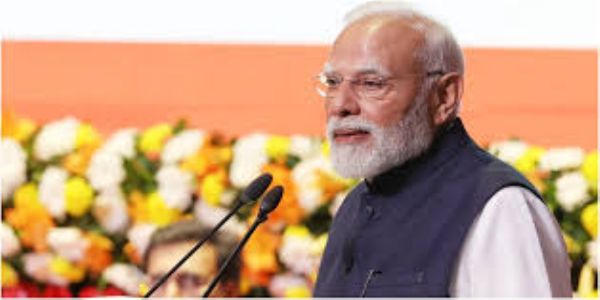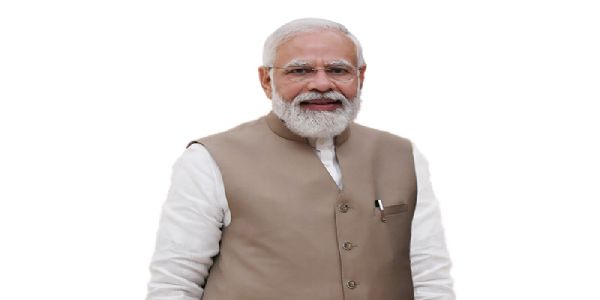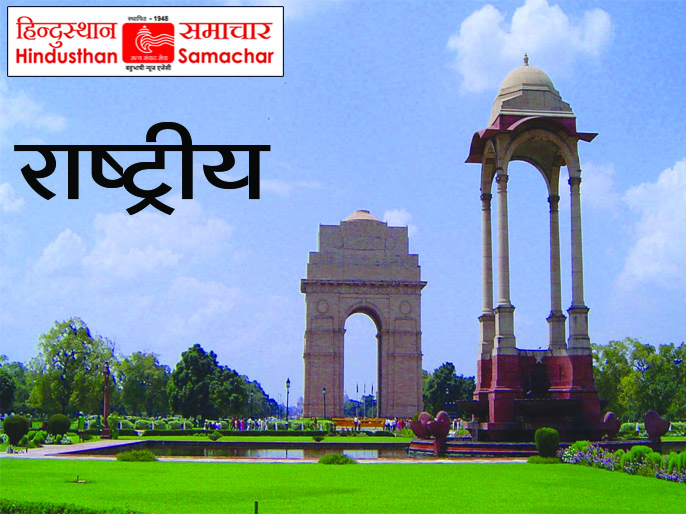
Kochi, 12 September(HS): Much before the beginning of civilisation in the outside world, the subcontinent of India was an economic power and home to a unique business and trade accounting system, Dr S Kalyanaraman, a reputed Indologist based in Chennai.
Dr Kalyanaraman, a multi-faceted scholar in sociology, archaeology and epigraphy, was a banker with the Asian Development Bank headquarters in the Philippines when he was attracted towards the world of archaeology and Indology.
“Years of perseverance and relentless pursuit of knowledge helped him to open the hitherto shut windows to the intricate world of artisan guilds, boasting sophisticated metallurgical skills, which served as the economic cornerstone of the ancient Meluha India civilization of the Metals Age of 4th to 3rd millennium BCE,” says Dr T R Narasimha Rao, Loflin Chair Professor-Emeritus of Computer Science and former director of Crypto Lab, University of Louisiana, Lafayette, US.
Dr Kalyanaraman has come out with a book, “Indus script as Karanam-Trade accounting System”, which unlocks the ledger of ancient India’s economic might. He had established the existence of a tin route between Southeast Asia and Haifa Port in the west through the Indian subcontinent. The metal companies in Central India, which had employed artisans and metal workers, made weapons with an alloy of tin and copper to be sent to Haifa for the warlords of West Asia.
The raw materials for Dr Kalyanaraman’s research work were the stone and metal seals found in archaeological excavations held in the Indus Valley. “These pictorial seals tell us about the trade and commerce system which were in vogue during the 4th millennium before the common era (BCE),” Dr Kalyanaraman told Hindustan Samachar.
He says that the Indus script (deciphered from the seals) is a pictographic accounting system for documenting trade. “Once we study these seals in detail, we can make out that it is a metallurgical accounting system and a tool for Meluha artisan guilds,” he said. More than 9000 Indus script seals were studied and deciphered by Dr Kalyanaraman. Advanced research will confirm that the sub-continent is the place where the world’s first writing system had its origin.
Dr Kalyanaraman came to this conclusion after his decipherment of some of the seals excavated from the Sarasvati-Sindhu civilisation areas dating back to 2500 BCE. The Indus script had inscriptions of the world’s oldest ink stands and gold-pen nibs, which substantiate the claim.
“Archaeologists who excavated the site at Kotda Badli refer to this as gold foiling on a copper rod. I suggest that further investigations should be carried out on the gold tip of the copper rod to determine the use of the gold-tipped copper rod as an assaying needle. This artefact does not have any Indus Script inscription, unlike two comparable artefacts which had inscriptions painted on them in iron oxide ink,” he writes.
Alok Kumar, a US-based researcher-cum-professor of science, in his 2014 book “Sciences of Ancient Hindus”, has said that mining in India was highly organised from the earliest period. “Kautilya suggested that mines are the source of treasury; from treasury comes the power of government. The Vedas mention the five ancient metals, which were used for various purposes. Harita, which means yellow, was used for gold, while Jwala, moon and Hiranya also represent gold. Rajata, which means white, is used to denote silver, while syama is used to represent iron,” writes Alok Kumar.
What Dr Kalyanaraman has done is to facilitate the studies in Indus-Saraswathi civilisations, says Dr V.S. Shinde, archaeologist of repute and former vice chancellor of Deccan College, Pune. “It is only after painstaking studies and research that he would publish a scientific paper or research book. We can take it for granted that he is leading us on the right path,” said Dr Shinde.
He has reasons to tell this. It was from Deccan College that Dr Kalyanaraman earned his D.Litt. degree. His studies and research works are an integration of archaeology, history and the great epics. He points out that Karanam, the unique accounting system, documented the wealth-creating activities of artisan guilds during the Bronze Age. “This system was developed by scholars when falsehood and errors began appearing in maritime trade, leading them to compose and tighten the accounting system”, points out the octogenarian Dr Kalyanaraman.
He has referred to verses from the Rig Veda as well as the Tholkappiyam (a Tamil book of verses in grammar, literature and other aspects of life). The work is further proof of the link between the Saraswathi Civilisation and Tamil culture. The Tamil language’s greatest work is authored by Tolkappiyar, a disciple of Sage Agasthya.
It is not an out-of-the-blue revelation by Dr Kalyanaraman. His seven-volume work on Saraswathi Civilisation is regarded as path-breaking research. When the Indian Space Research Organisation (ISRO) tracked the course of the Saraswathi River with the help of data provided by the country’s remote sensing satellite, they referred to the work done by him in this area.
Dr Kalyanaraman has enlivened the sphere of Tamil culture and civilisation with his Indus script book.
Hindusthan Samachar / Manohar Yadavatti





